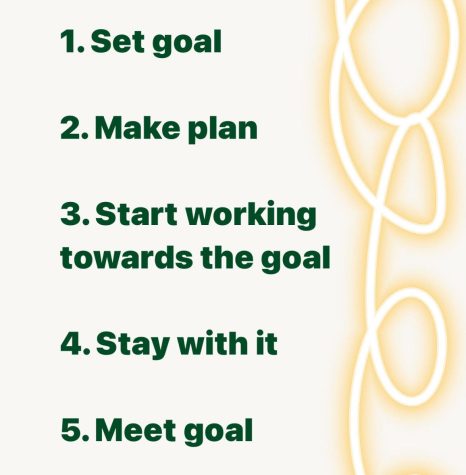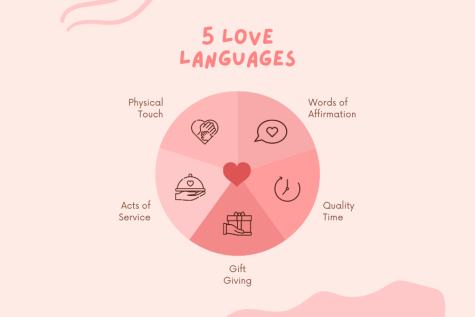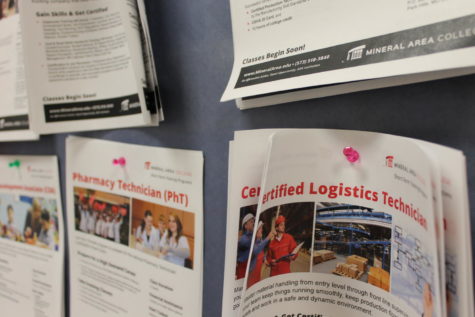How to Drive
March 25, 2019
Operating a vehicle is easy. Any sixteen year old can go in and pass his driving test with flying colors. This does not necessarily mean that everyone can drive well. On a daily basis, as I am driving to any destination, I see countless drivers that make me question why I even bothered to leave the house. Lack of signaling, lack of or too much speed, and lack of attention to the road are the key factors in what makes a bad driver, and they are much too common. In order to become a real driver and not just an operator of a vehicle, one must learn how to end this type of behavior. Not only are these activities dangerous, but they are also extremely irritating to those who actually know what they are doing on the road. Also, as a warning, if you do these things, everyone hates you.
The first lesson that all bad drivers should learn is signalling. Signalling before a turn, signalling before switching lanes, and using the hazard lights can already stop so many accidents, yet not many seem to be doing this right. Every legal car that you will ever see in your life includes a very special tool sticking from the left of the steering wheel. That special tool is called a turn signal, and at first glance, it may just look like a useless plastic stick. However, when the stick is pushed down, it will start a flashing light on the front and back left sides of the car, showing other drivers that you will be turning left. Shockingly, when pushed up, the stick will cause the exact same chain of events, but on the right side. It is important to signal to other drivers before turning or switching lanes because if another driver does not know that the car is turning, but he sees it slowing down, he might try to pass, causing a t-bone.
Another important signal is the hazard signal. This signal causes all of the headlights and tail lights to flash repeatedly until it is turned off. This signal should be used when pulled over on the side of the road, driving much faster than the speed limit—in emergencies only—and when driving much slower than the speed limit, usually in a vehicle that will not reach the suggested speed, such as in a funeral procession. The hazard signal is found in several different places in many types of cars, but it is always either a switch or a button showing a red triangle embedded within a larger red triangle. When someone is pulled over on the side of the road, especially at night, it can be hard to tell if the vehicle is off the road or on it. Also, if the lights are off completely, it can cause an accident because other drivers cannot see the car, and they may not see it before it is too late to slow down. That special tool from the first lesson also becomes important again, here. When pulled over, always use the turn signal to show when you are about to drive back onto the road.
Common sense pretty much dictates this next point, but once again, it is happening to innocent drivers every single day. Turn off your bright lights. It is clear that it is known how to turn them on because they are being blasted into my eyes as I drive by. The problem must be that most do not know how to turn them off, so here is a handy tip: remember the stick from earlier? It can also be used to turn off the brights. Simply pull it toward yourself until it clicks, and the bright lights will turn off. Oncoming traffic is now unhindered by blinding lights.
More important in considerate driving is distance from other drivers and speed. Too often, impatient drivers tread much too closely to slower drivers, which can cause an accident if the latter needs to suddenly hit the brakes. The person who is going too slowly probably has a good reason, and driving too closely will, more often than not, make him nervous and cause him to drive more slowly. Just be patient. A good rule of thumb to decide how close is too close to the car in front is to imagine another medium-sized vehicle fitting comfortably between the two of you. Besides, most highways have passing zones, indicated by dotted lines between the lanes. When you see dotted lines on your side of the lane, and no traffic is coming, simply pass the slower driver and move on with your day, bothering no one. Just remember that it is just as bad to pass someone who is actually going the speed limit as it is to closely follow someone who is not.
Even worse than the impatient driver is the slow driver who is unaware that he is slow. A good tip to avoid being this person is to watch for all other cars before turning onto a road. If only one car is approaching with no other cars behind it, but you still think, “I can make it,” don’t. That one driver is now stuck behind you while you desperately try to accelerate to the speed limit. He could have already passed the turn by now, and you would not be pressured to accelerate any faster than preferred. Now you have successfully angered another driver and put yourself in danger instead of just waiting for an open turn.
This final problem should not even have to be covered, but it is a huge one that is seen every day: distracted driving. It has caused so many horrific accidents that you might think people would stop doing it, but common sense does not often prevail in the world of driving. There are, however, some tips to keep people from crashing into one another at seventy miles per hour for no reason other than a text message. The most important one is to just put the phone away. No text message, email, or Snapchat story is more important than the life of a human being. That is all that needs to be said.
In short, it takes a lot more than earning a driver’s license to be a respectable driver. Just always remember to consider those surrounding you; you are not the only car on the road. Ending this kind of behavior will not only make the roads safer, but it will also make driving a more pleasant experience for everyone.










